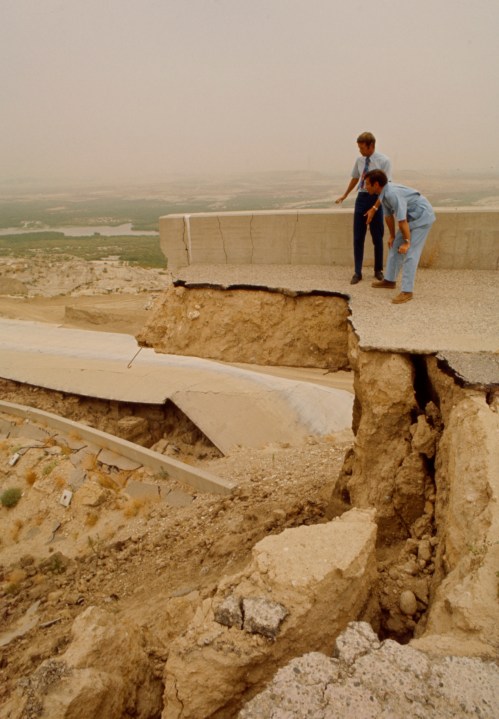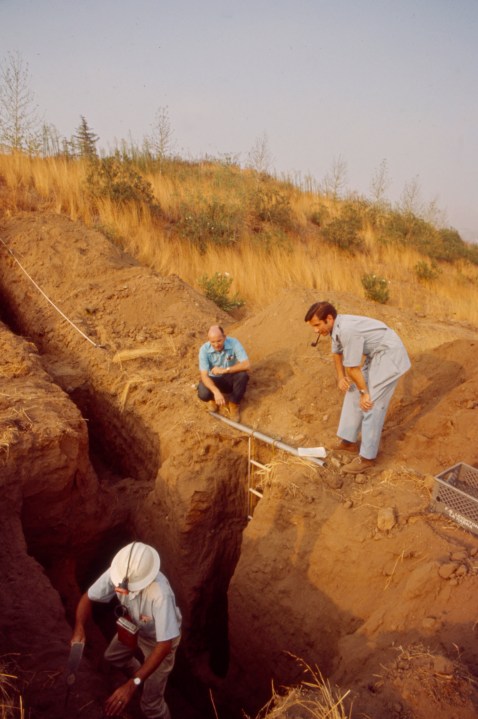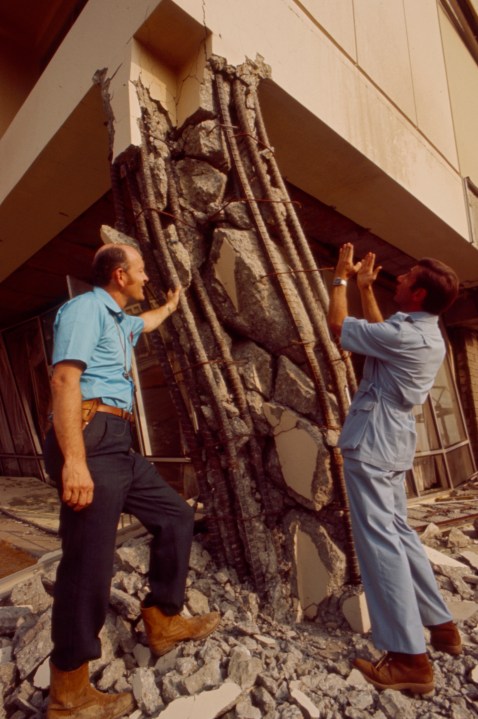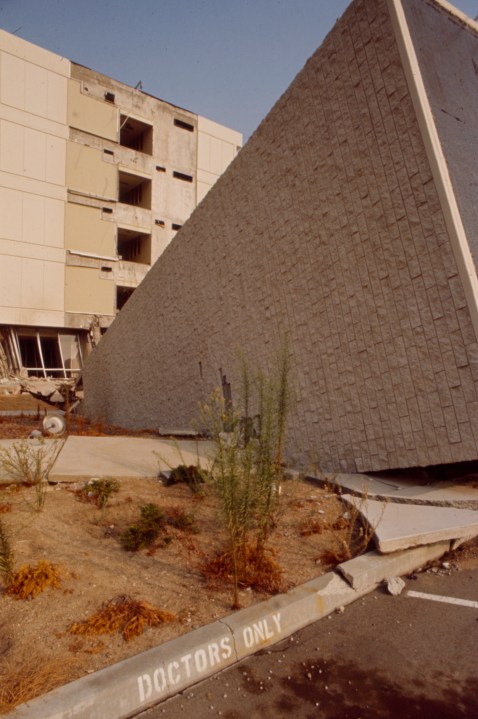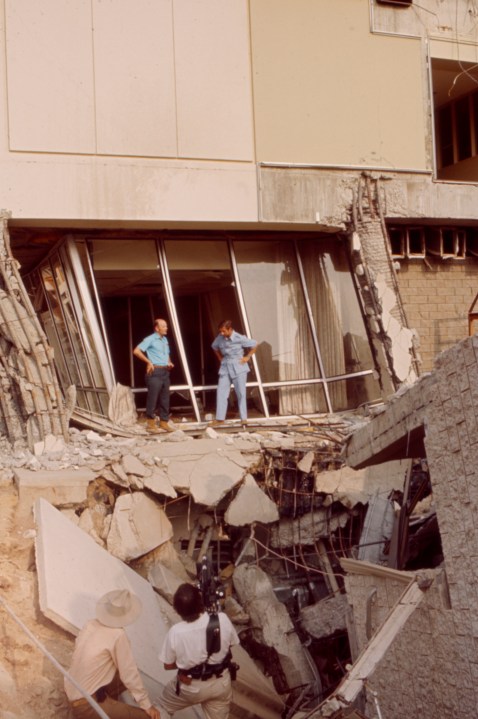A disastrous earthquake that struck Los Angeles a half-century ago is being remembered for spawning improvements in seismic safety and research.
The 50th anniversary of the magnitude 6.6 earthquake occurred at 6 a.m. Tuesday.
Known as the San Fernando or Sylmar quake, the jolt collapsed hospital buildings, a freeway interchange and damaged a reservoir dam, forcing about 80,000 people to flee as water was drained to prevent a flood.
In all, the quake killed 64 people and injured 2,000. The American Red Cross Los Angeles Region sheltered 17,000 people.
Damaged amounted to more than $500 million, according to the U.S. Geological Survey.
The quake struck at a depth of about 7 miles (11.2 kilometers) a few miles north of the San Fernando Valley communities of Sylmar and San Fernando.
The shock was felt for 300 miles (483 kilometers) along the Southern California coastal region and as far inland as Las Vegas, according to the California Geological Survey.
An urban area of California had not been struck so badly since the magnitude 6.4 Long Beach earthquake of 1933.
The state subsequently enacted a law to limit construction along active faults able to rupture the ground surface, and Congress took actions that ultimately led to what is now the U.S. Geological Survey’s Earthquake Hazards Program.

